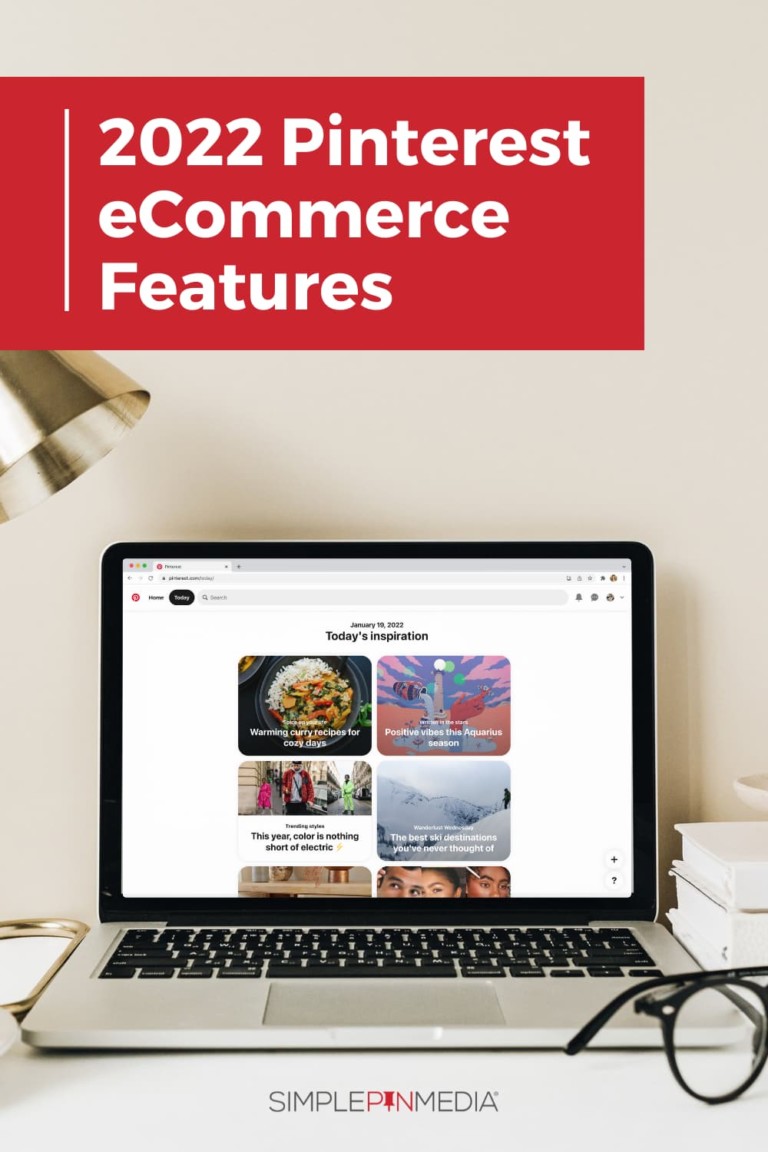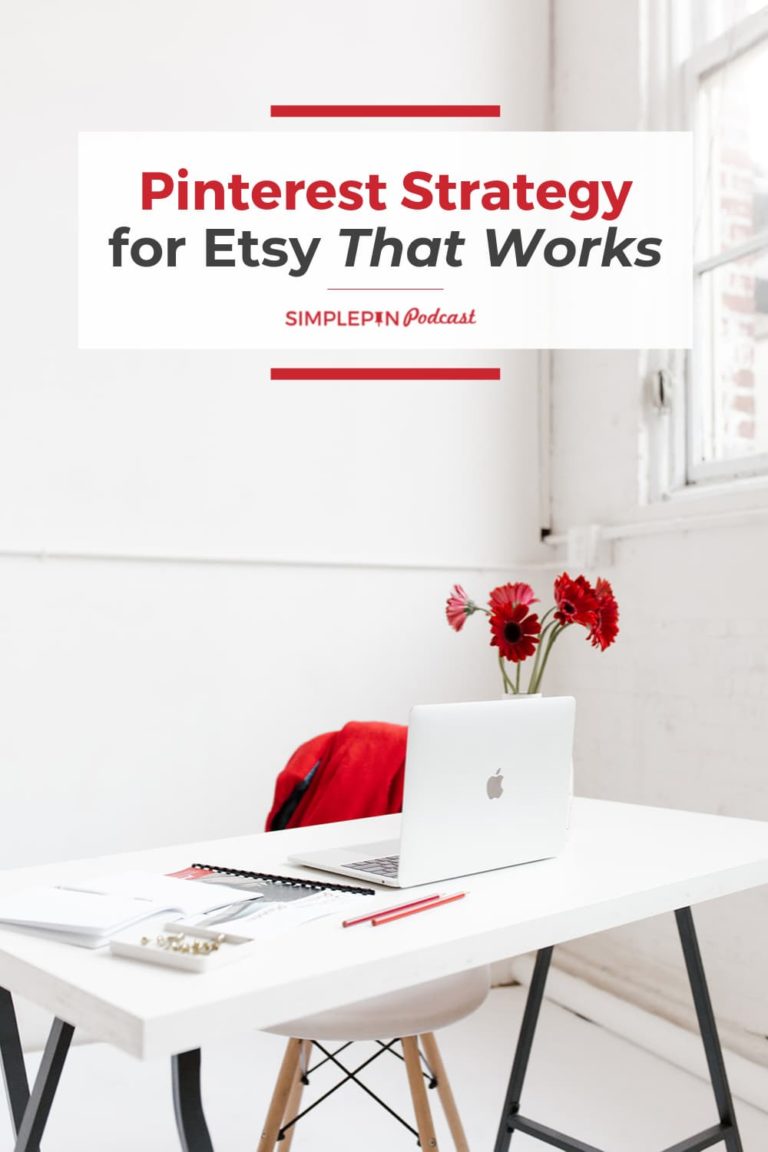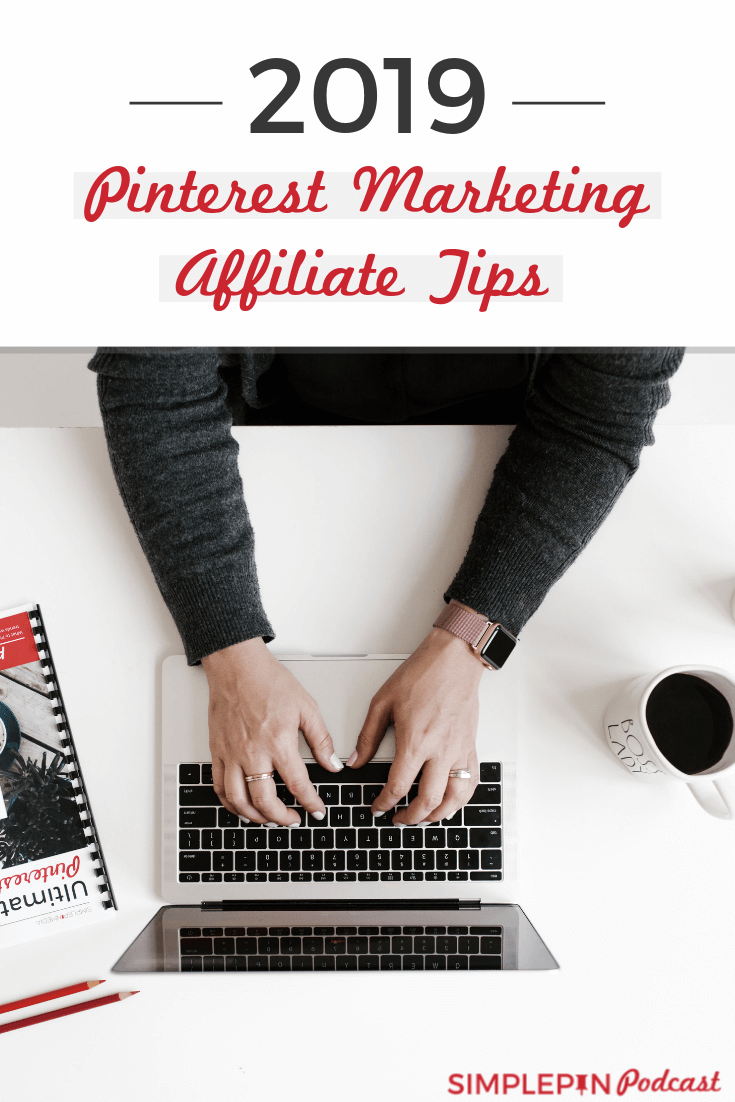It seems that there are so many opinions out there when it comes to Pinterest best practices for pin strategy. At a recent conference Kate attended, an attendee was lamenting to her about how it felt like there were so many Pinterest experts out there, but they all gave different advice. All industries you have this problem, but as always we are focusing on Pinterest today. So how do you know what’s true and what’s not true?

What’s True About Pinterest
There are 3 things we know are true about Pinterest: keywords, images, and consistency.
Keywords
Keywords are of incredible value on Pinterest. It is a search and discovery platform, and keywords are how the algorithm is fueled. Every Pinterest expert out there will agree that keywords are incredibly important to Pinterest.
Related: How To Write Great Pinterest Descriptions
Images
Most experts would also agree the images are incredibly important on Pinterest. Your images should get the user to interact with your pin. They’re either going to click it and directly visit your website, or save it for later. You can’t get away with crappy images on Pinterest anymore. Think of it like billboard advertising – you need and want to capture the pinner’s eye.
Related: Pinterest Images
Consistency
In order to be successful on Pinterest, you have to remain consistent. Any expert should tell you that you need to be consistently investing in the platform. That means you are making sure your boards are correctly titled, they’re updated frequently, and you are pinning regularly. Pinterest knows that its users spend a lot of time within the platform. There’s a wealth of existing content that keeps regenerating. So when a creator is consistently adding new content, Pinterest loves that because they want to show their users something new. They want to make sure there are new things being added to the platform on a regular basis.
Pinterest Best Practices
All three of the above practices are things most experts can probably agree on. But here’s where it goes off the rails and differing opinions about tactics come out. This includes questions like: How many pins per day? How many times should you pin a pin again? Do you use the word “save” or do you use the word “re-pin”? How many fresh pins do you create? How do you make them look fresh? Should you use a scheduling tool? Video or no video? The list could go on.
These are things that are debatable because what works for one account might not work for the other. Even in the three things that we know are true about Pinterest, the results can vary. There are so many factors that play into success on Pinterest. Things like if you are considered B2B or B2C. Being in the food space is gonna be different than being in the financial space.
So if you are hearing conflicting advice, chances are they’re contradicting each other because the person who said it is coming from a vantage point different from yours. So whether or not they’ve worked with a lot of different accounts or they’ve just worked with a few, they’re sharing what has worked for them on this particular account. So you always have to take that into consideration.
Below are several tips for when you find yourself in a situation where you feel a bit exasperated by the amount of information that’s coming at you about Pinterest, and you don’t know who to trust.
Take it one thing at a time and test it out for 3-6 months.
- Let’s say you’re interested trying a scheduling tool and you haven’t tried one before. You’ve heard it affects distribution but you want to test it for yourself. Use one for 3 months and then don’t use one for 3 months. See what the results are.
- It’s important to remember that as business owners, we need to remain efficient with our time. So if you really feel the desire to test something like this out, you need to make sure you have the time and capacity to do it without losing your consistency on the platform. Before jumping into a test like this, weigh the pros and cons – make sure the potential impact is actually worth it.
Don’t compare your success to someone else’s.
- It’s really easy to look at someone else’s strategy and feel like you aren’t doing it “right”. Especially when you compare yourself to somebody’s screenshot, somebody who is bigger in your industry. Remember, you aren’t chasing someone else’s success, you’re trying to build your own. Success going to look different for everyone.
- Focus on your own content. Look at the people you are serving, and create content that will help them find the solution to their problem.
- Yes, it’s good to know who your competition is, but don’t just be copying what someone else is doing with their Pinterest account. You have to find what works best for you and your business.
If you’re more focused on tactics than you are on keywords, images, and consistency, you are missing the mark.
- These Pinterest best practices are the main keys to success on the platform. You can’t forget about them. If you really want to succeed on Pinterest, start by making sure your focus is on these three things.
The honest truth is that you’re probably doing a really great job with your Pinterest marketing. Don’t be so hard on yourself. Tweak little things here and there, keep your end user in mind, and do your best to follow Pinterest best practices. Over time you’ll grow.
As a reminder, a lot of the things that we teach here at Simple Pin Media are things we have tested ourselves. In our eyes, marketing is about testing and trying new things. It can be exhausting, but it can also be so worth it. If you remain committed, you will be proud of the work you’ve put in.
More Pinterest Marketing Resources:








